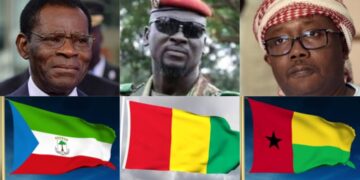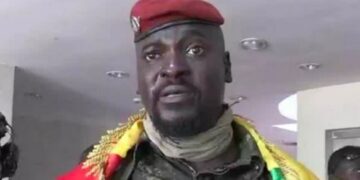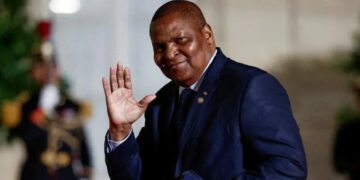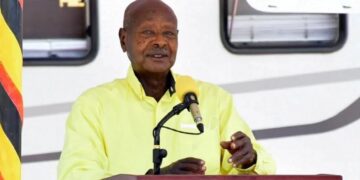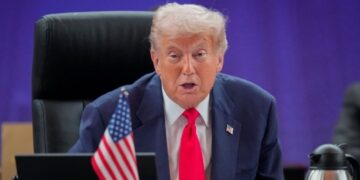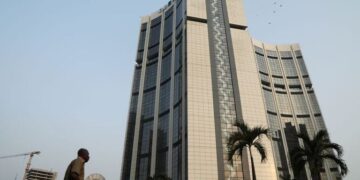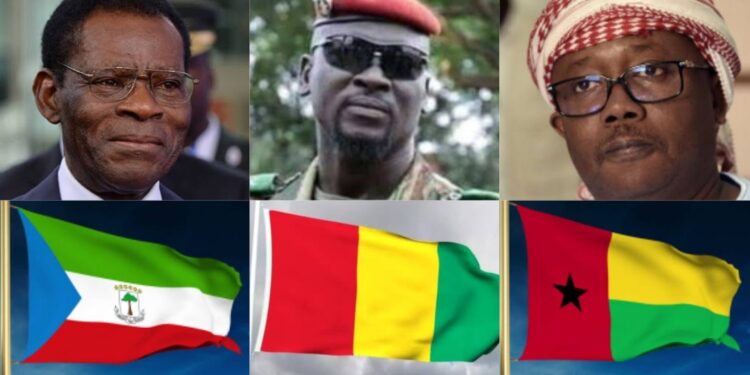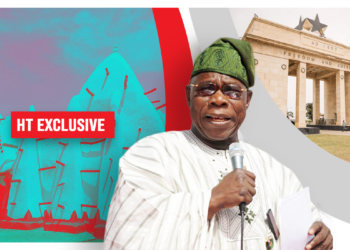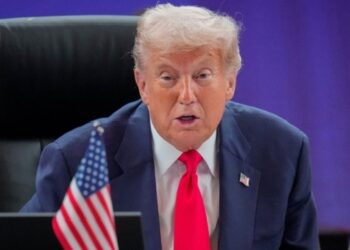By John Ikani
Africans and the rest of the world have never been so confused about how many Guineas exist in Africa. The confusions have been in recent times amplified by the ongoing African Cup of Nations (AFCON) and the wave of military coups sweeping West Africa like wildfires.
Heritage Times explains why Africa has so many Guineas and the difference between them.
To start with, the exact origin of the term “Guinea” is disputed and we wouldn’t want to bore you with many conflicting theories on the subject matter.
Notwithstanding, there seems to be a general belief that it was an early word used to collectively refer to the people and region of West Africa.
Little wonder two out of three countries with Guinea appellations are located in West Africa with the Gulf of Guinea bestriding the region.
Guinea:
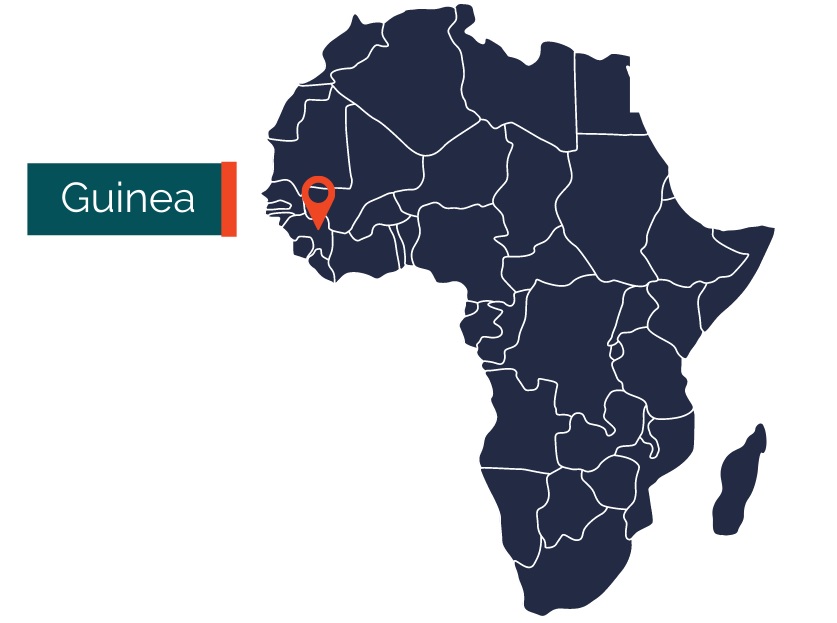
Colonized by France, the country we now simply know as Guinea was referred to as French Guinea before it gained independence in 1958. Conakry is the capital and largest city of the West African nation which has a population of 13.13 million (2020 estimate).
Guinea has been under the limelight in the past few weeks following the coup led by Special forces commander Mamady Doumbouya that ousted the government of President Alpha Condé. The country also made headlines when the coup leader warned the nation’s football team to either win the 2021 AFCON or refund money invested in them.
Guinea-Bissau:
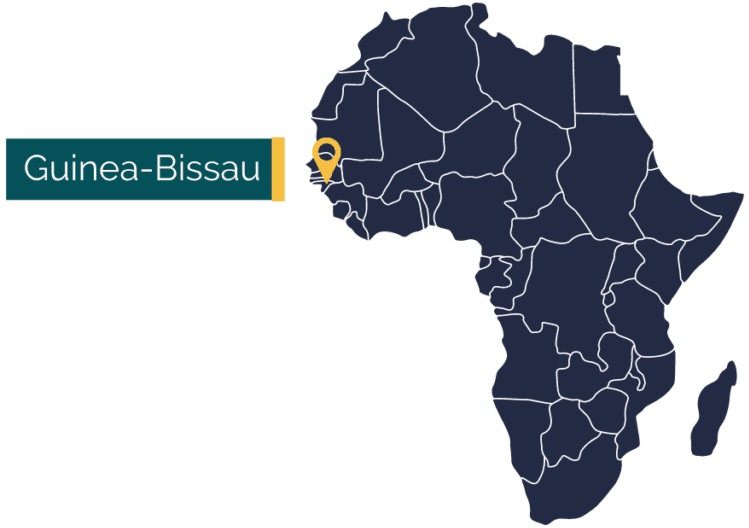
Colonized by Portugal, Guinea-Bissau was referred to as Portuguese Guinea before it gained independence in 1973 (15 years after neighbouring Guinea-Conakry secured independence).
Since neighbours Guinea-Conakry had already claimed the name Guinea, Bissau was added to the name of the ‘younger Guinea’ to differentiate the two countries from one another. It is also worthwhile to note that Bissau is the name of the capital city of the West African Nation.
The country which has a population of 1.968 million (2020 estimate) recently made headlines following a coup attempt which its President, Umaro Sissoco Embalo Linked to decisions he had taken “notably to fight drug trafficking and corruption”.
Equatorial Guinea:
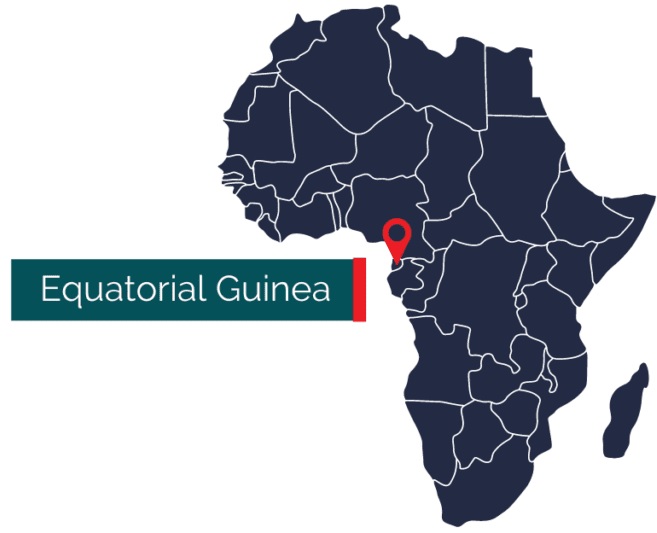
As the name suggests, Equatorial Guinea has something to do with the Equator (an imaginary line at the centre of the earth that divides the planet into northern and southern hemispheres). in this case, it is “Guinea” closer to the equator
The country located in Central Africa was colonized by Spain and used to be known as Spanish Guinea until it gained independence on October 12, 1968. Its capital city is called Malabo.
Equatorial Guinea is the smallest “Guinea” country in terms of both geography (10,830 square miles) and population (1.403 million people). Did you know that Equatorial Guinea’s national team was recently outclassed by Senegal in the ongoing AFCON? Now you know!
The Gulf of Guinea:
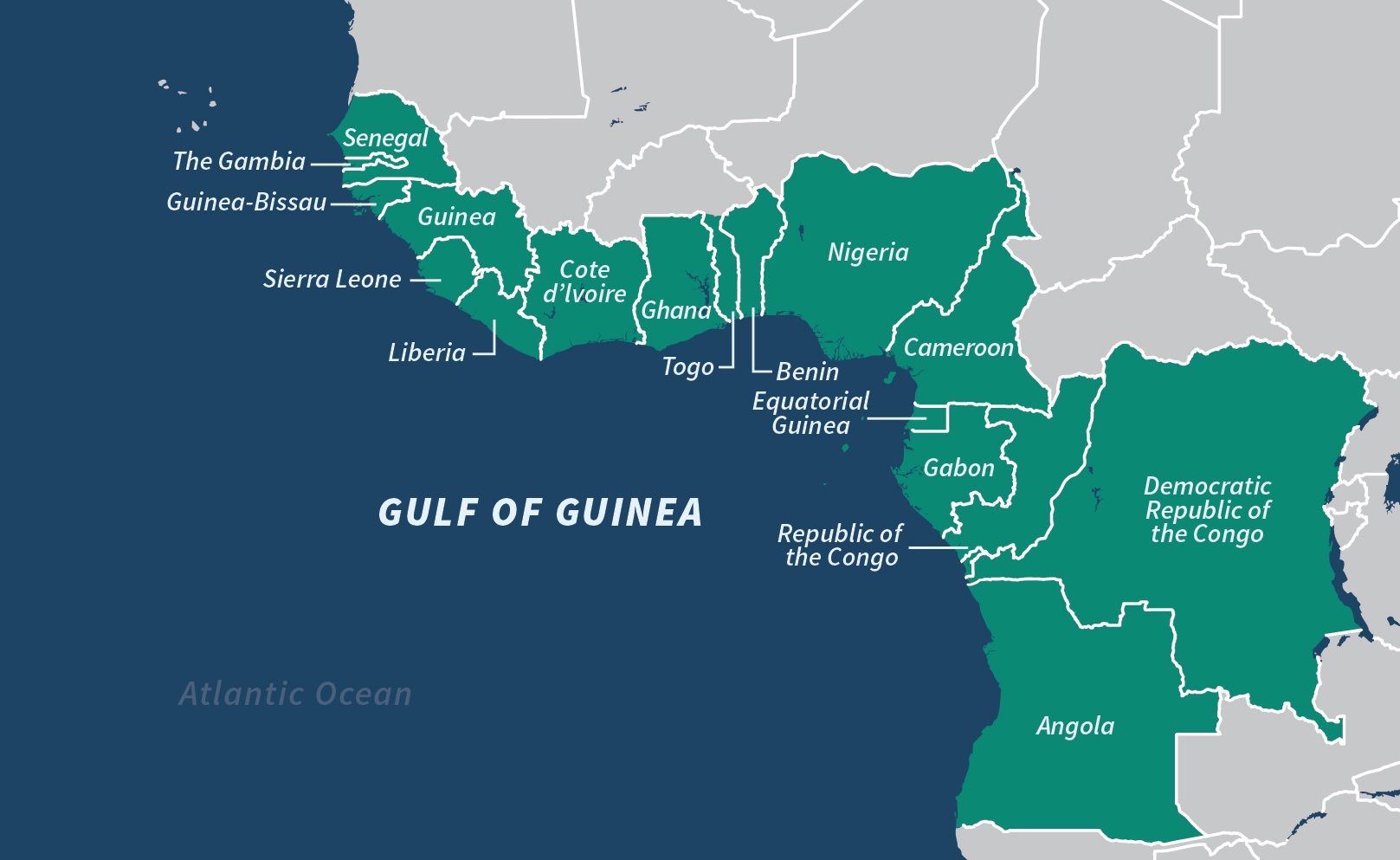
The Gulf of Guinea is not a country but a vast and diverse expanse of the Atlantic Ocean stretching from Senegal to Angola, covering approximately 6000 km of coastline. It is an important shipping zone transporting oil and gas, as well as goods to and from Central and Southern Africa.
It is also the most dangerous part of the world for sailors, accounting for almost all kidnappings at sea in recent years. It is for that reason a US navy ship joined the fight against sea piracy in the coastal region last year.
Basin countries of the Gulf of Guinea are Liberia, Ivory Coast, Ghana, Togo, Benin, Nigeria, Cameroon (Ambazonia), Equatorial Guinea, Gabon, São Tomé and Príncipe, Republic of Congo, Democratic Republic of Congo, Angola.
